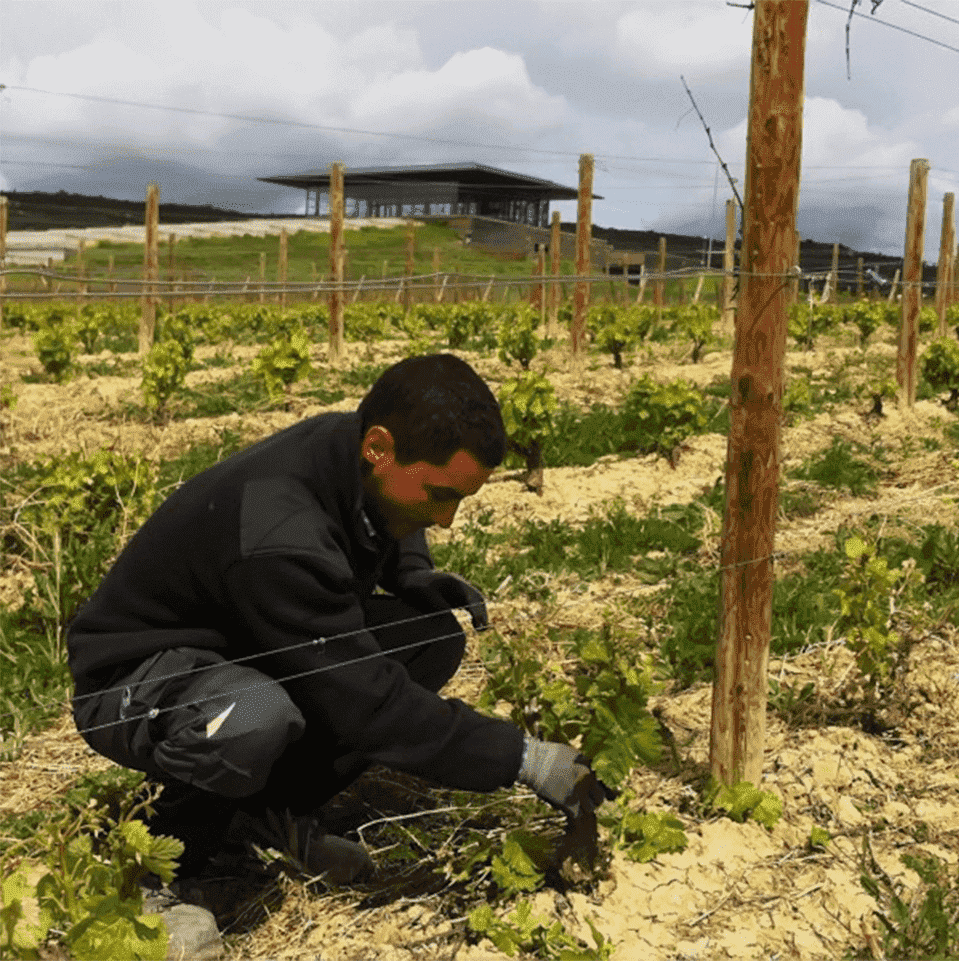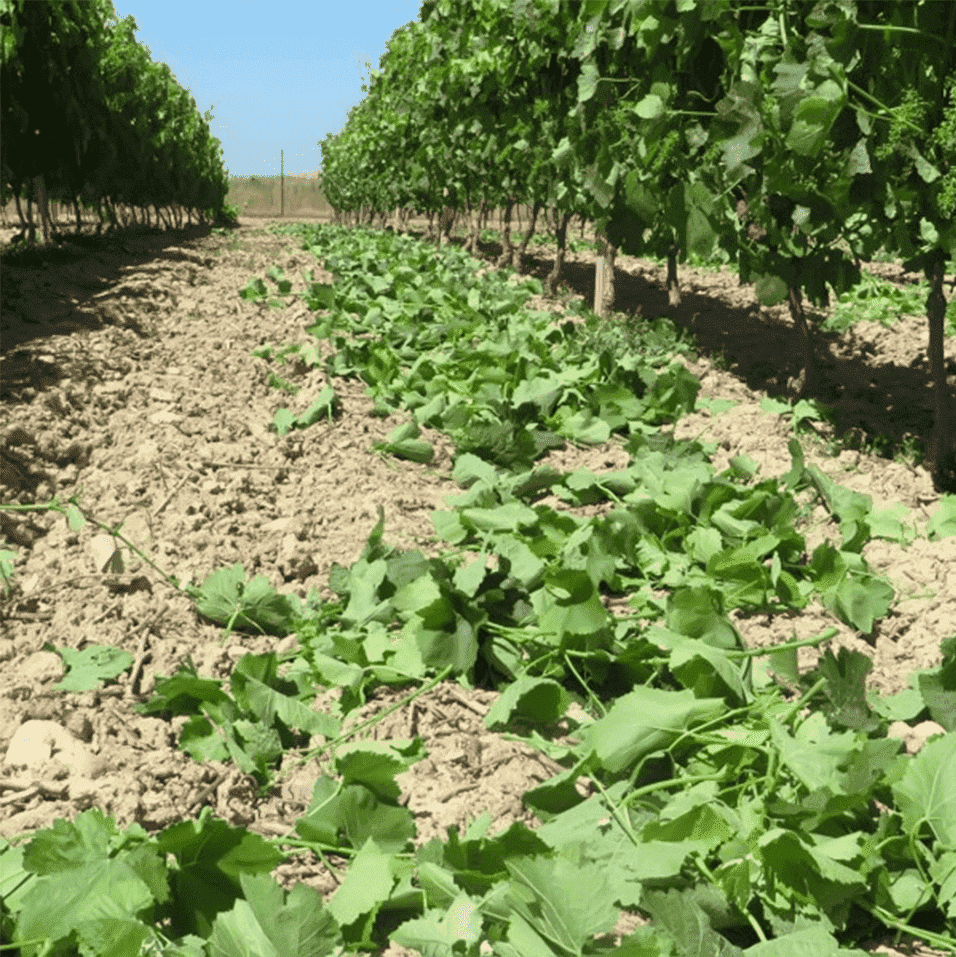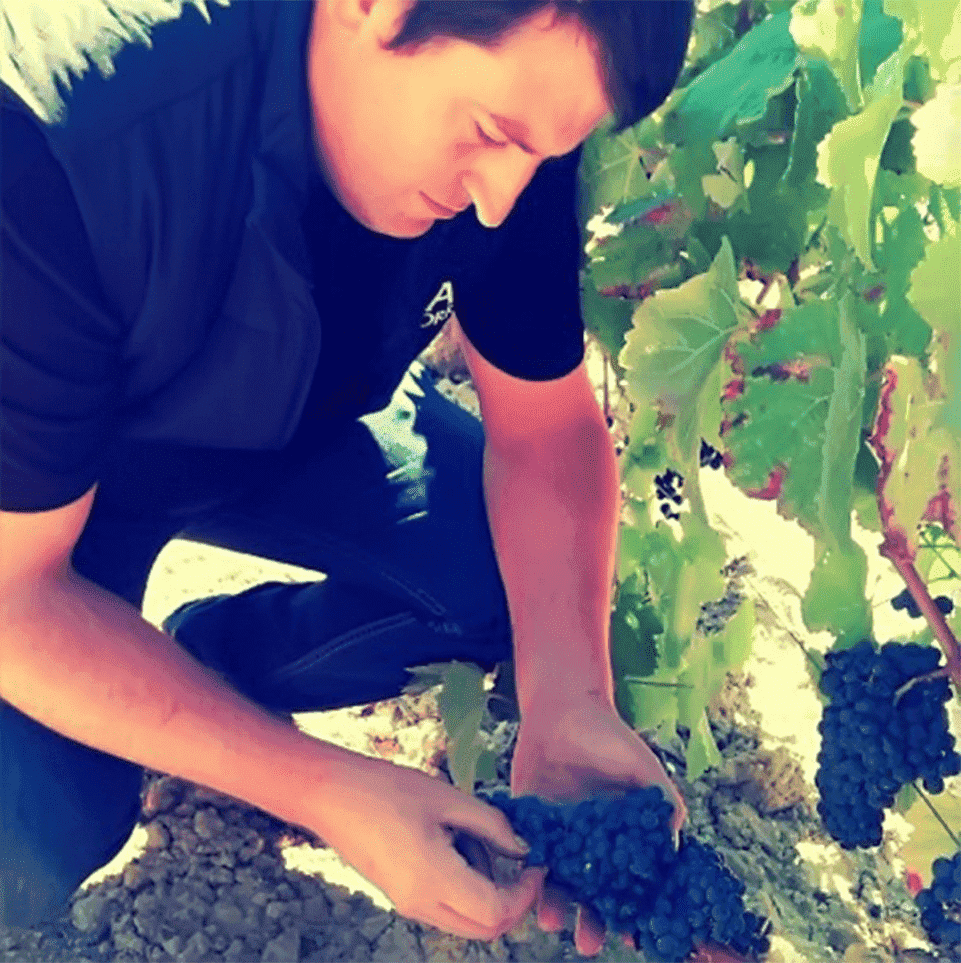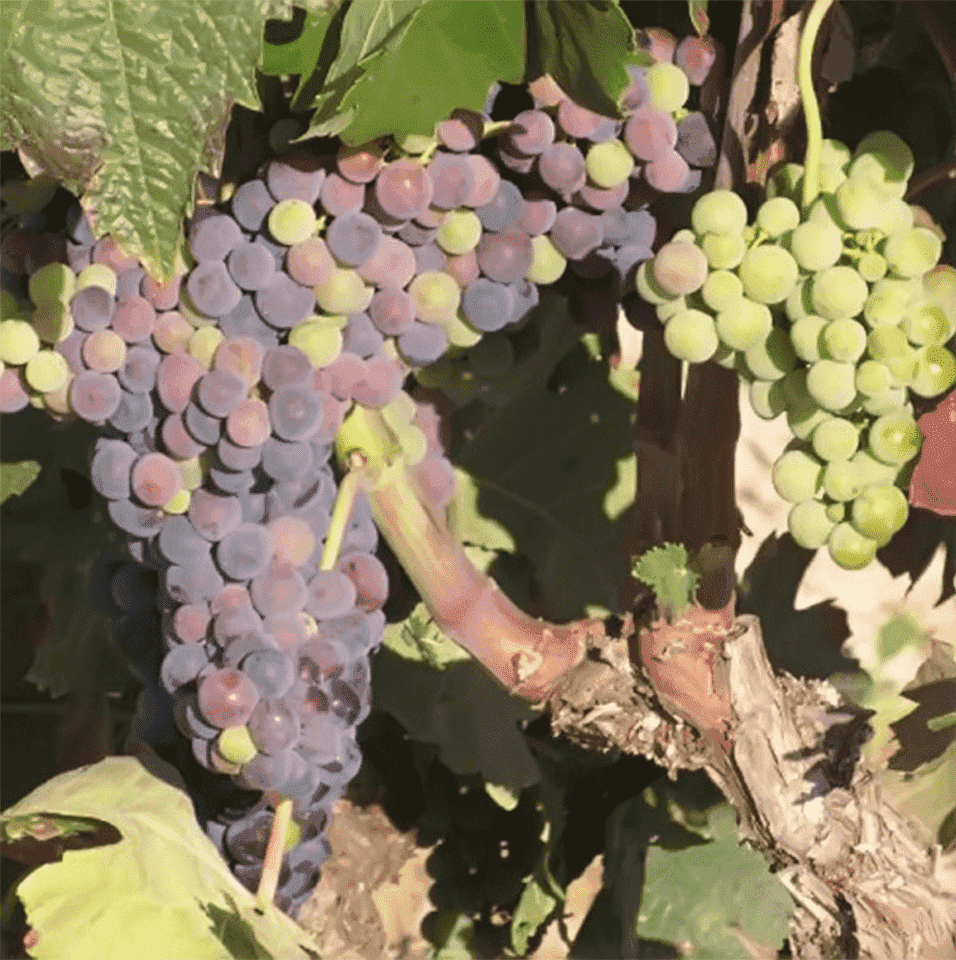
PRUNING
An essential practice in the cultivation of the vine, pruning is one of the tasks frequently neglected by winegrowers and yet, the decay of the vines, the decline in harvests have no other origin in many cases than poor pruning. What is pruning? It is a cultivation operation that consists of cutting branches of the strain, to a certain extent and at certain times, in order to give it shape, invigorate it and, also, regulate and control production.
At BAIGORRI wineries we opted for manual pruning to be able to accurately determine the number of buds and consequently determine the vine’s yield. Especially when handling our old vineyards, exceptional care, in-depth experience and exact knowledge of each of the vines is needed in this task to achieve a high quality result in the subsequent harvest.
Pruning season: from December to March
DESHOOTING
An activity performed in spring, which consists of eliminating the outbreaks (called “suckers”) from the old wood, trunk and arms of the vine, to facilitate the best development of the branches, from which clusters will grow. The shoots generally do not bear fruit and, only in some cases, one or two of them are left to redirect the strain or to completely rebuild it, if necessary. The task of BAIGORRI wineries is carried out by hand, while some other producers decide to do it mechanically and chemically, which is why it is burdensome but essential to produce high quality grapes.
In summary: it is a selection of the best placed and productive sprouts so that the sun’s rays strike more homogeneously and also saves pruning work in winter, since the green shoots that are removed will not give rise to sprouts.
Deshooting season: April


REMOVAL OF BUDS
In the vineyard from Rioja, the so-called spring tasks consist, in general terms, of removing the little shoots that are born from the branch that has already sprouted. These shoots, called ‘buds’, detract vigor from the vine and make it difficult for the microclimate of the vine to be sanitized, being also a source of competitive consumption against the grape. The task of removing buds is called ‘debudding’.
The bud is the secondary stem, a vigorous lateral shoot that comes out of the vine. Normally it is harmful because it consumes plant resources, reducing the quantity and quality of the grape, which is why in many areas and depending on the varieties, the strain is stripped.
The objectives of removing the buds are:
– The elimination of vegetative or productive competition.
– Facilitate aeration and insolation.
– Facilitate the penetration of the treatments and the harvest.
TRIMMING
One of the traditional early summer tasks is the leaf removal in the morning sun, carried out during the ripening season of the bunch, normally in those plantations with excessive foliar density.
Among the objectives sought, this leaf removal seeks to be a preventive measure against different rottenness, since the elimination of these leaves increases the porosity of the canopy, which favors aeration and solar exposure of the cluster area, and generates a better thermal, hygrometric and light microclimate.


BUNCH THINNING
The bunch thinning consists of removing complete clusters or certain grapes from the stock before they mature to obtain a better quality in the grapes that remain in the plant.
With this practice, it is possible to improve the maturation of the remaining grape, as the plant will provide its resources for fewer grapes. Ultimately, it’s about sacrificing quantity for quality.
Although the thinning of bunches may have very varied objectives, in the case of wine grapes it is generally performed to control the yield, so as to obtain higher quality fruit. It is intended to achieve, during the ripening season, a higher ratio between leaf surface and bunch weight, resulting in a higher concentration of sugars in the berries once ripened.
VERAISON
The veraison is the phase in which there is a change in the color of the grapes, so that the red varieties are colored with red, blue and purple pigments, while the white varieties turn blonde or yellow. In this way, with the arrival of veraison, the alcoholic and phenolic ripening process of the grape begins, as well as the ripening of substances such as sugars, acids, primary aromas and phenolic compounds responsible for the color, taste and structure of the wines.
Veraison season: August


HARVESTING
At Bodegas BAIGORRI we opt for a manual and selective harvest to collect only the bunches with quality and adequate health. Instead of large trailers, we harvest in 12kg boxes to avoid any damage to the raw material. Each plot is harvested separately and at its optimum moment of maturity, for which prior laboratory control is key to achieving the best possible quality.


